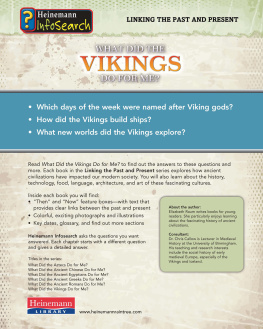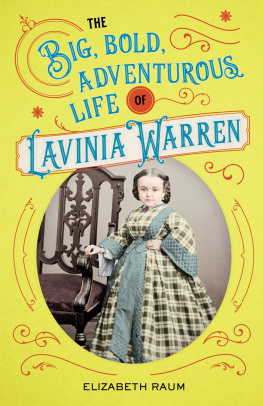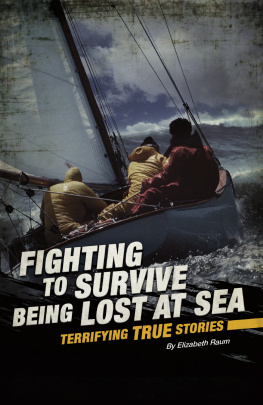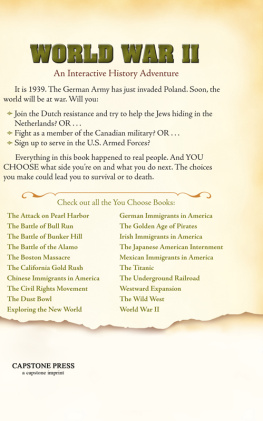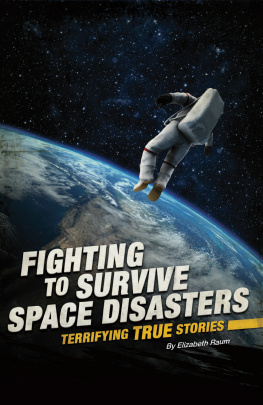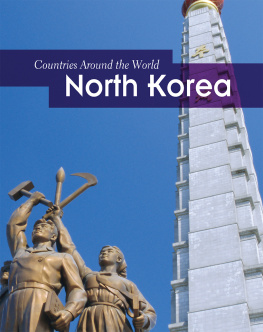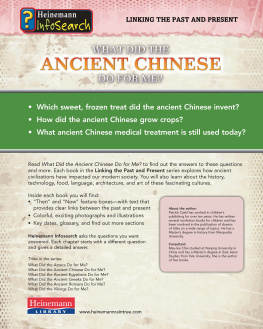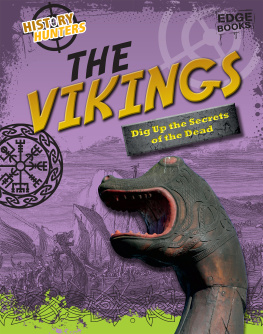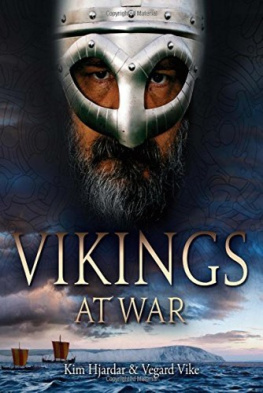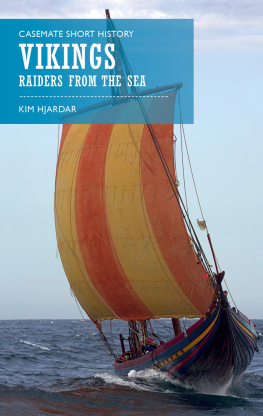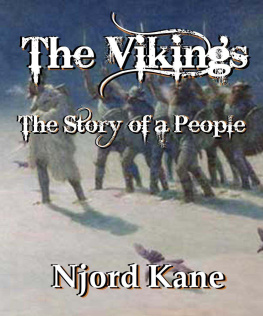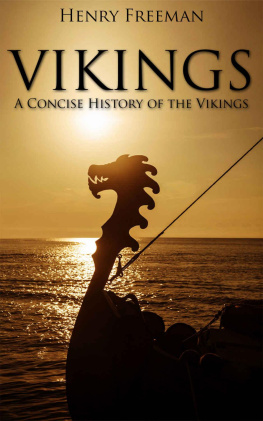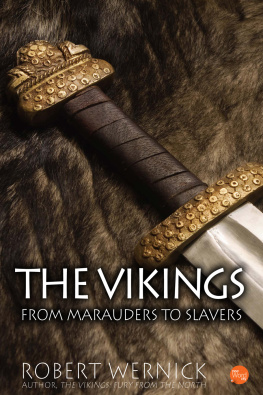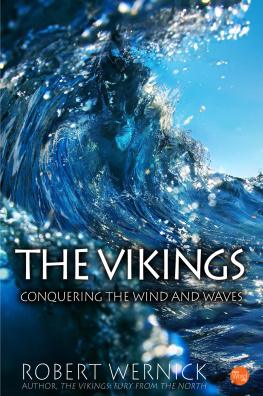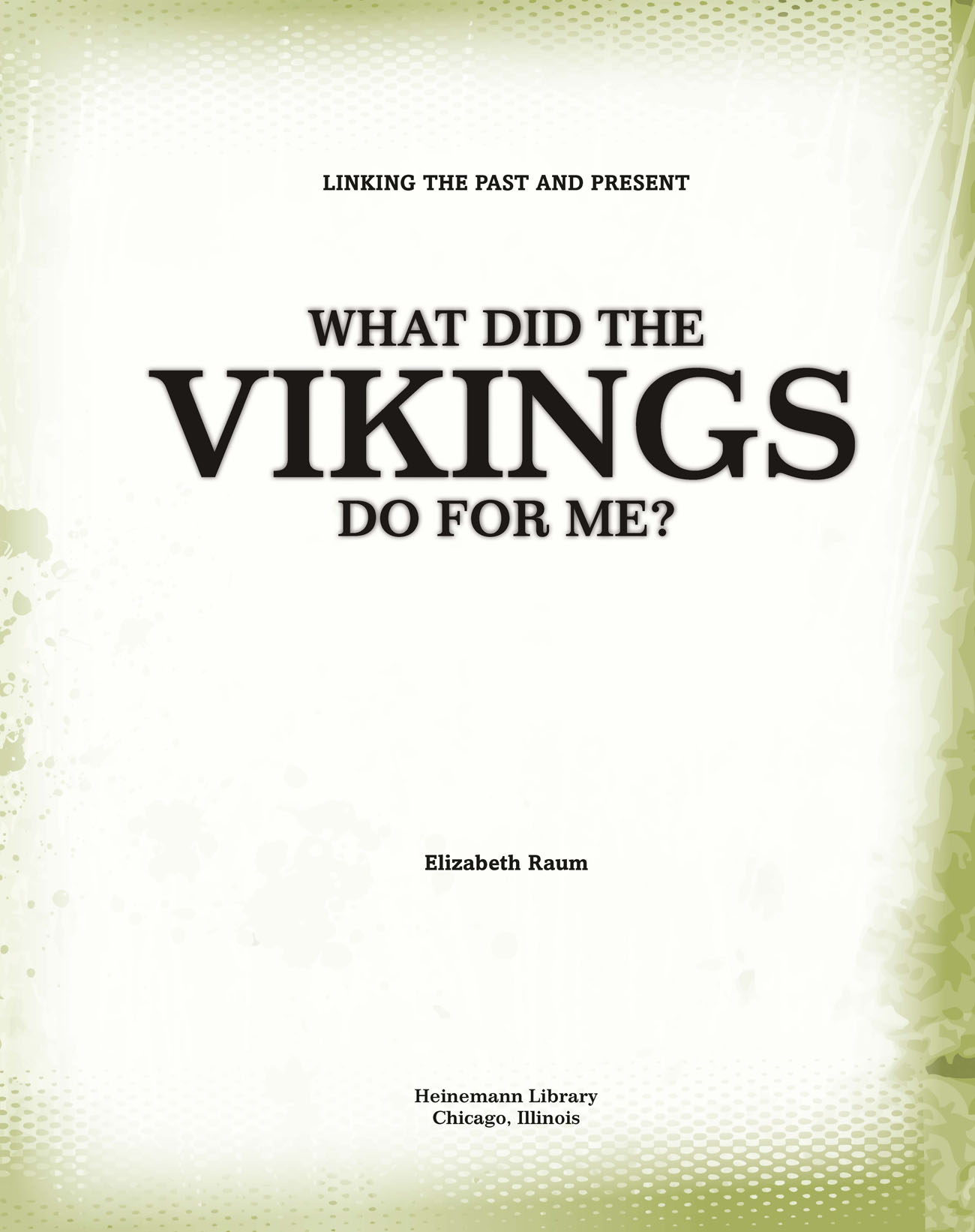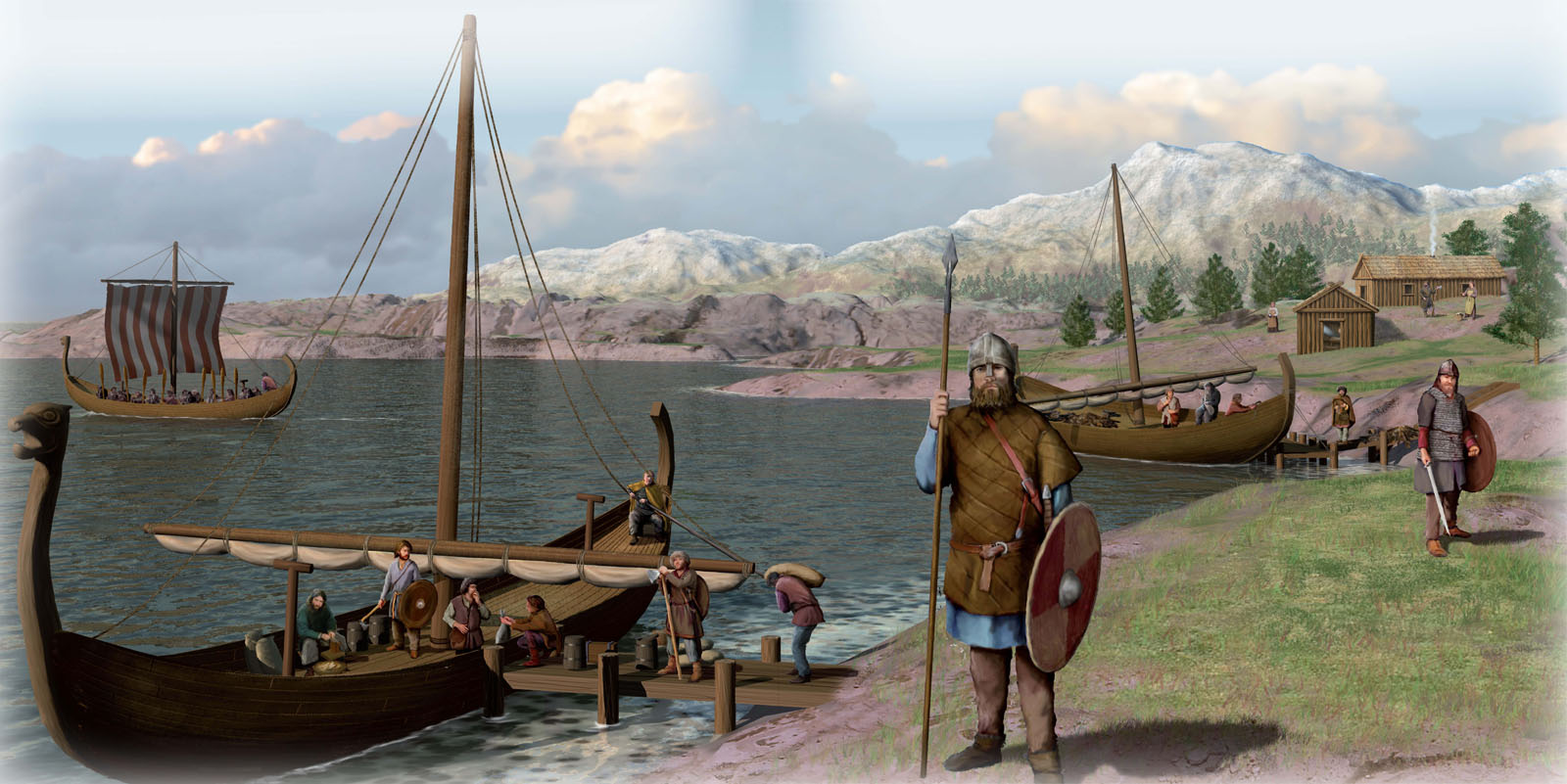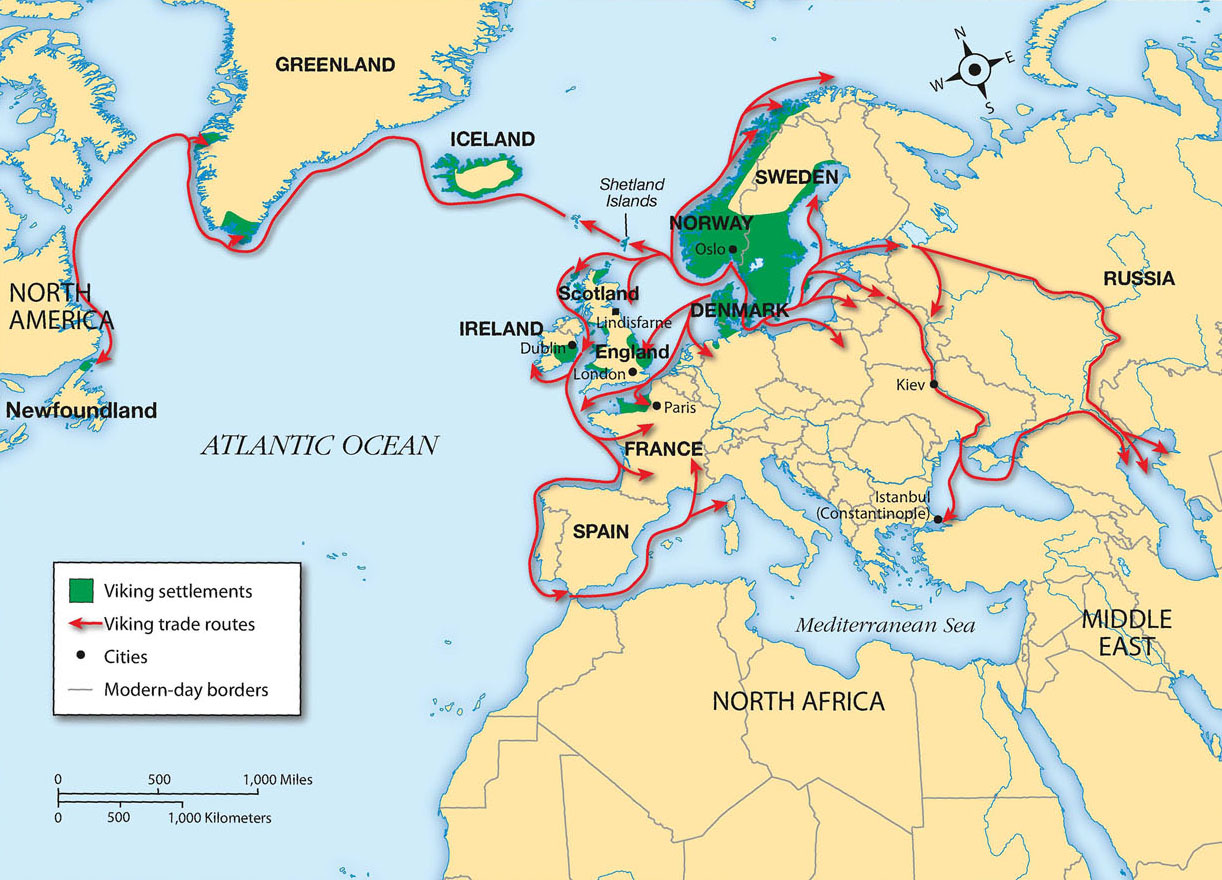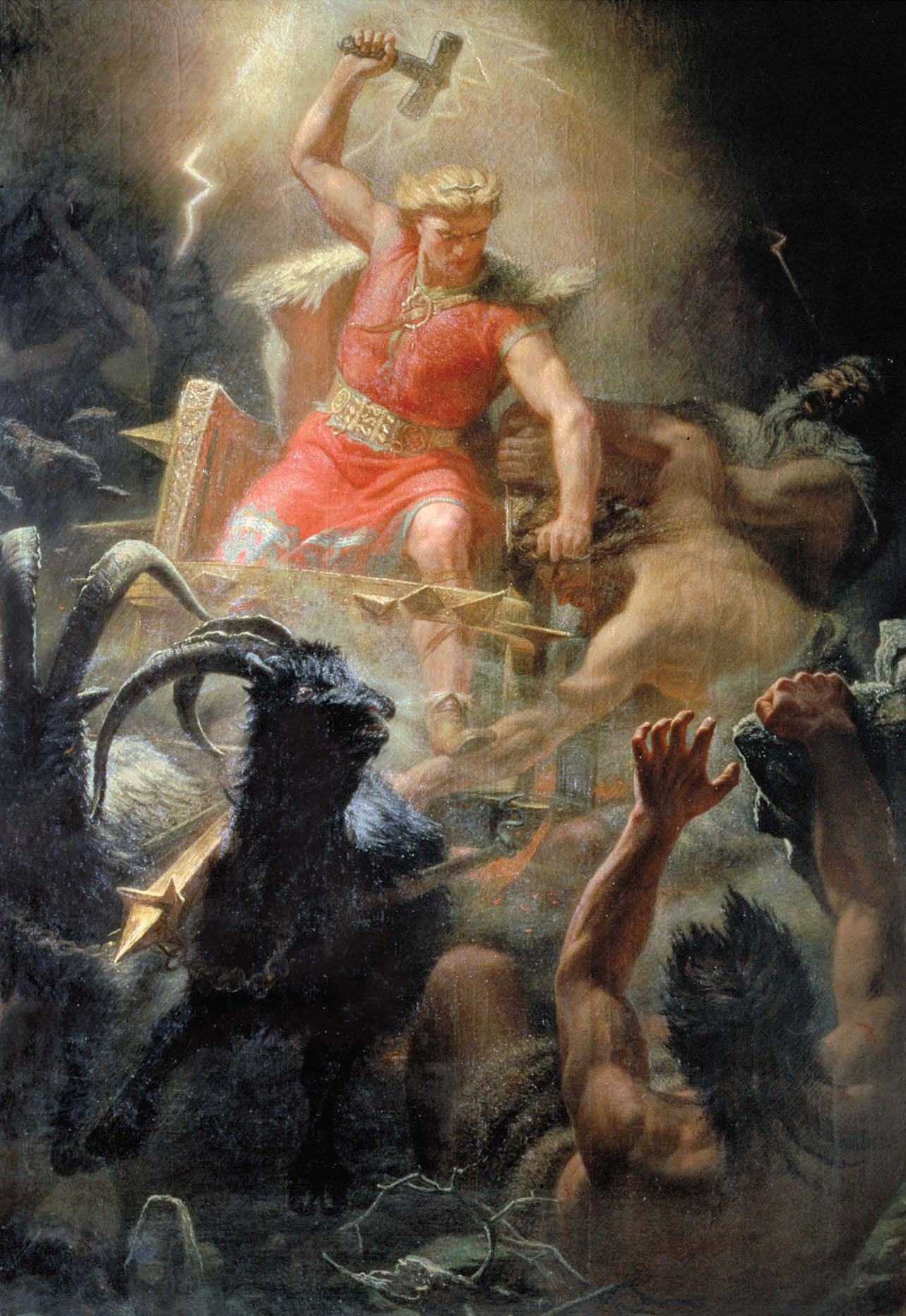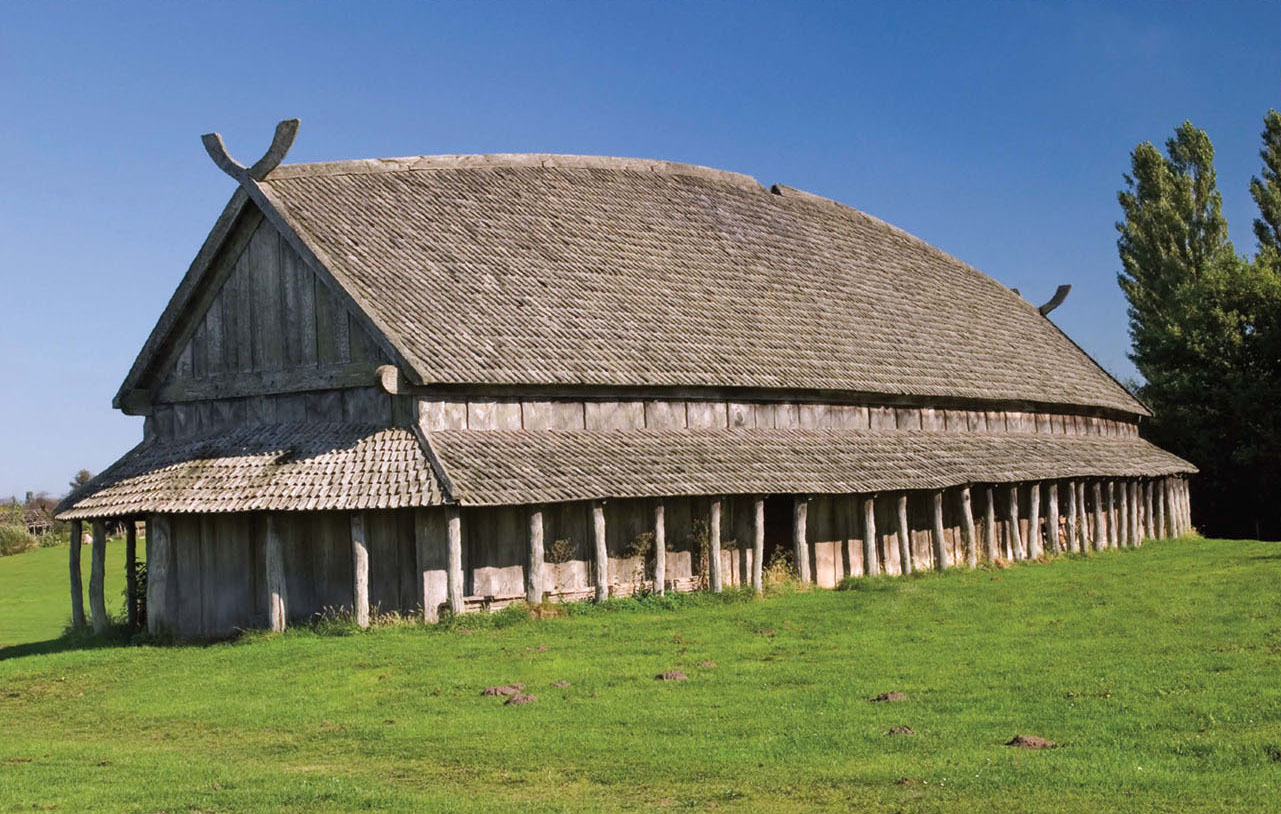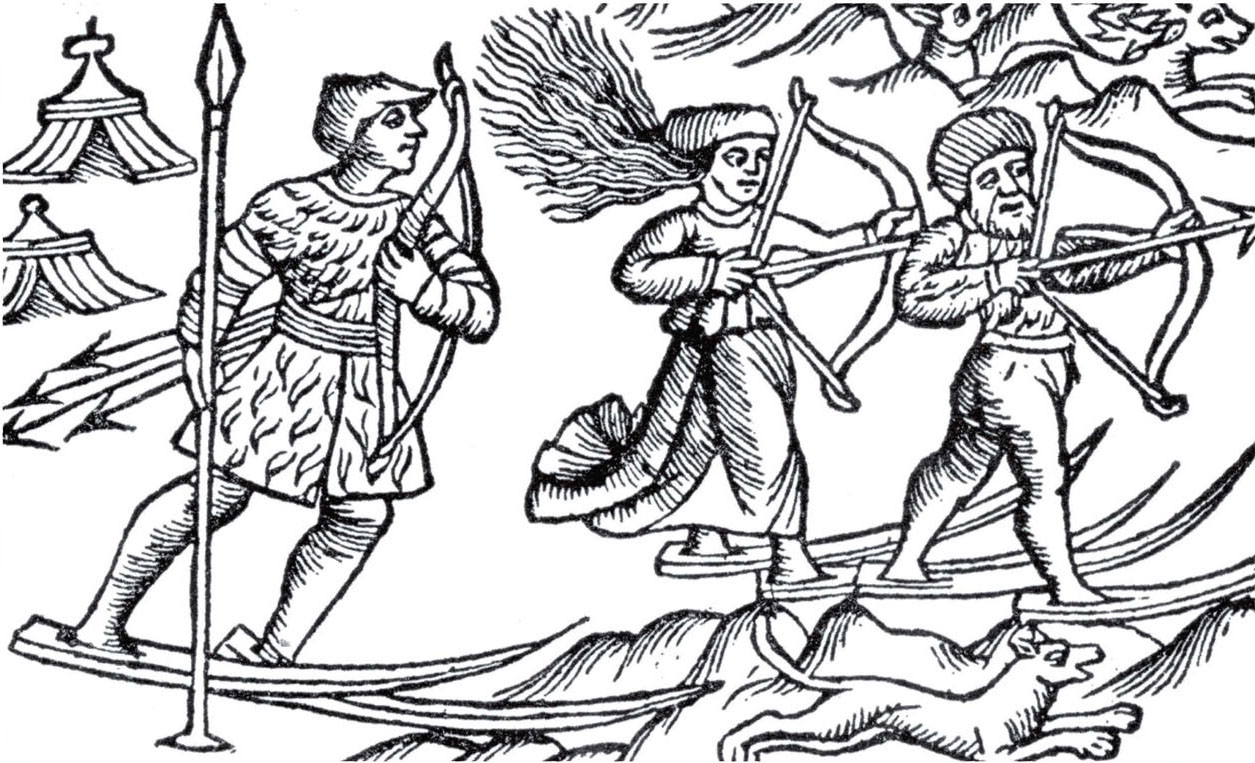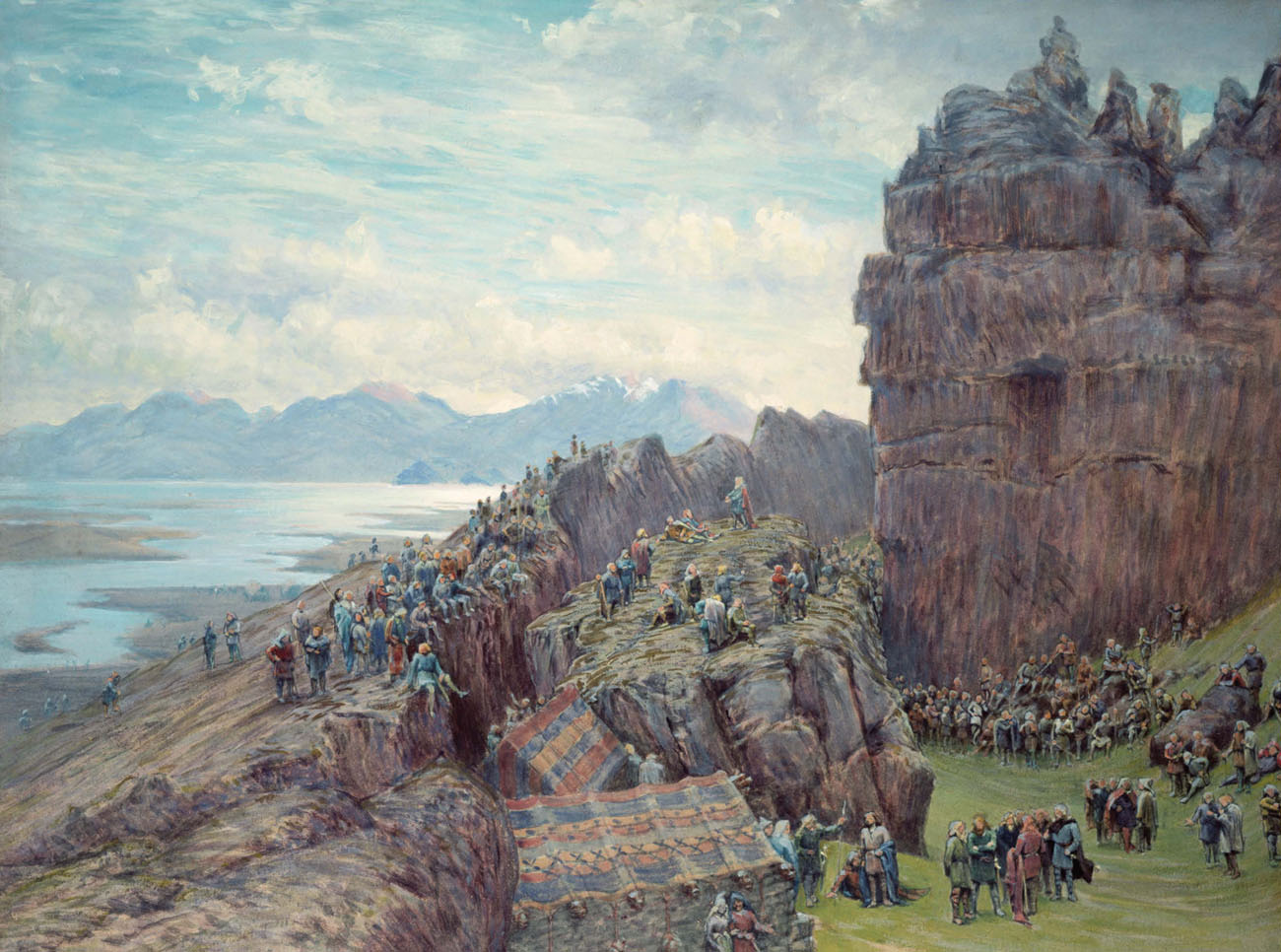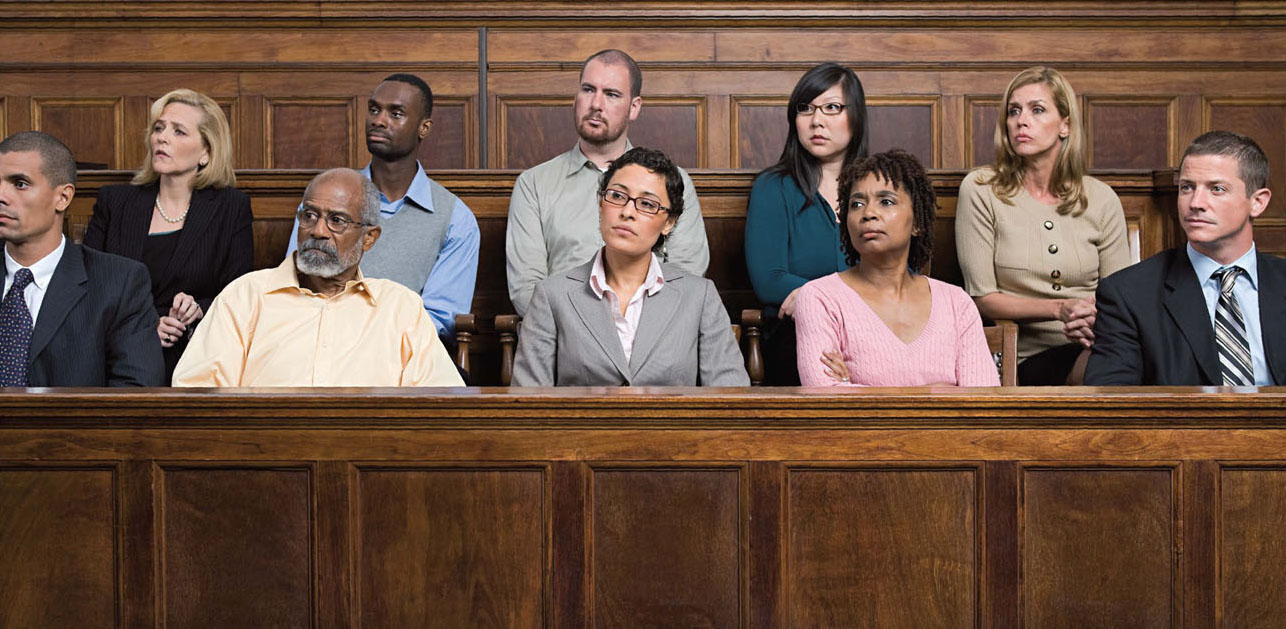What Did the Vikings Do for Me?
The Vikings sailed in big, wooden ships across the North Sea and northern Atlantic Ocean, in search of gold, silver, and other treasures. Wherever they landed, they attacked towns and villages. Sometimes they burned houses, churches, and . Vikings were fierce warriors who were feared everywhere they went.
However, violent attacks and raids were not all there was to Viking society. The men spent most of their time working as farmers. They also fished, hunted, and built boats. The women cared for their children and households. When the men went to sea, the women ran the farms. Both men and women wore jewelry and wove cloth with beautiful designs.
Look at the Viking scene below. It seems very different from modern times, but you might be surprised to discover some things the Vikings did that we still do today.
Who Were the Vikings?
About 14,000 years ago, settlers traveled west to what is now Norway and Sweden. Over time, they moved farther west and south to Denmark. Today, we call these countries Scandinavia and the people Scandinavians.
This map shows the main Viking settlements and trade routes during the Viking Age (8001100 ce).
Ancient Scandinavians
The early Scandinavians did not settle in one place. Instead, they followed reindeer and other herds so that they could hunt them. This changed in about 4000 , when they began to settle down and farm the land. They had a short growing season during which they grew grains and vegetables. Cattle, sheep, goats, and pigs gave them meat and milk during the long, cold winters. They began to make metal tools, pottery, cloth, and jewelry.
All over Scandinavia, people had similar customs and beliefs. However, they began to think of themselves as different. Some were Danes, some were Norwegians, and some were Swedes. By about 500 , these groups traded with other Europeans.
Religion
Christianity came to Europe by 100 or 200 ce, but the Vikings kept their beliefs for a long time. They worshipped many gods, including Odin, the god of war, and Thor, the god of thunder. Pleasing the gods was important to the Vikings. Warriors believed that if they died bravely in battle, they would live forever with Odin in his palace, Valhalla.
Wednesday, Thursday, Friday
Three days of the week are named after Viking gods. Wednesday comes from Odin, the god of war, who was also sometimes called Woden. Thursday is named after Thor, the god of thunder. Freya, the goddess of love, gave her name to Friday.
This painting from 1872 shows the Viking god Thor fighting giants.
What Was Viking Society Like?
Most Vikings were farmers. A farmers household was made up of grandparents, parents, children, aunts, uncles, cousins, servants, and slaves.
Farms
Whole farming families lived together in a longhouse. This was a house made up of one large room, about 12-15 meters (40-50 feet) long. Sometimes one bedroom was screened off, but usually all family members slept together in one room. There was a fireplace in the middle, for warmth and cooking. Many farmers also had barns. Some farmers had a dairy and a blacksmiths .
This modern reconstruction shows what a Viking longhouse would have looked like.
Then
The Vikings invented ice skates. They used horse or cow bones strapped to their feet with leather. They pushed themselves across the ice with a long stick. Bone skates were slow. Skaters could only go about 4 kilometers (2.5 miles) an hour.
Now
Skates have changed a lot! Between 1200 and 1400 ce, iron began to be used instead of bone. By the 1700s, steel blades were fitted to leather boots. Today, blades are so thin and light that a good skater can go as fast as 24 kilometers (15 miles) an hour.
Transportation
Farms were often by the coast, or near rivers and lakes. During the warm months, the Vikings used boats to travel from farm to farm. When the water froze over in winter, they needed skates, skis, and sleds instead. The sleds were pulled by horses. The Vikings would fasten iron , called frost-nails, to the horses hooves. This meant that the horses would not slip and slide all over the ice!
This illustration from the 1500s shows Viking hunters using skis.
Skis
Early paintings show that Viking hunters used skis to go hunting in winter. The skis were not too different from today. They were made from two curved planks with leather straps to slide the feet into.
Kingdoms
By the beginning of the Viking Age (about 800 to 1100 ce), dozens of small kingdoms or chiefdoms existed throughout Scandinavia. A king would promise to protect the people from attack. In return, the people promised to be loyal to the king.
Things
Each kingdom held a meeting once or twice a year called a . Nearly all men, except slaves, went to the meeting and many spoke there. If they were not pleased with their king, they chose a new one. They also made laws and settled arguments. Years later, the Vikings took the idea of the thing with them when they settled down in new lands.
Then
Viking criminal trials took place at the thing. A group of 12 men, called a , would decide whether the accused was guilty or innocent. Occasionally the guilty were outlawed and could be killed, but usually they would only have to repay their victim.
Vikings in Iceland held a yearly meeting, or thing, at Thingvellir, near the coast.
Now
The idea of trial by jury has spread to many countries around the world. Jury trials are common in the United States and the United Kingdom. However, in the United States, an accused person in a criminal trial can decide to be tried by a judge rather than a jury.
Modern juries include both men and women. They include people from different backgrounds.
How Did the Vikings Build Ships?
In the 700s ce Scandinavia had few cities or towns. Most people lived along the coasts on large farms. They used boats for fishing and trading with one another. People from Europe visited the coastal farms, looking for furs, timber, and other goods. Sea trade with Europe grew.

